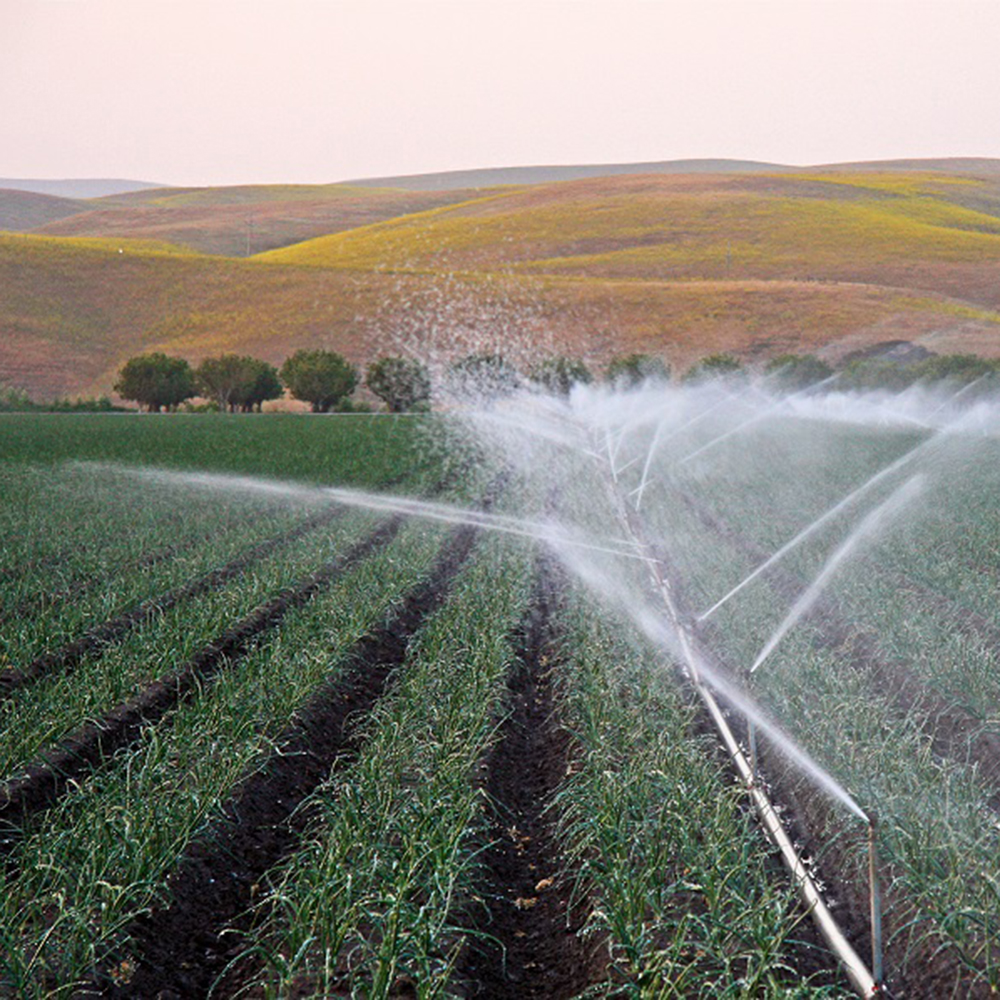Can the quality of California wine taste better than it already does? Apparently there’s a way to grow grapes that will do just that.
A farming experiment at Robert Hall Winery in Paso Robles has produced grapes that, the San Francisco Chronicle reports, are “noticeably tastier” than grapes from a control block. According to managing partner Caine Thompson, the fruit from the vines that have been converted to “regenerative farming” showed “freshness, vibrancy, (and) aromatics,” while the grapes from the conventionally farmed vines tasted “ripe to the point of (being) almost overripe, jammy, (and) touching on stewy.”
Better grapes, then maybe better wine, and made at a lower cost.
Thompson “calculated that regenerative farming costs 10% more than conventional farming at his vineyard – $6,833 per acre per year for regenerative compared with $6,204 for the control block. But because of the regenerative vines’ higher yields, the farming cost per ton of grapes was actually 4% lower.”
So what is regenerative farming? The practice, says the Chronicle, incorporates “compost, cover crops, grazing animals and more.”
Healthy terroir is at the center of it all. Compost is applied directly to the soil, “cover(ing) crops like legumes, oats, rye and clover among the vines to add biodiversity,” and 500 sheep at Robert Hall eat the weeds and cover crops, “thereby reducing the need to mow or remove weeds – and pooping out some all-natural fertilizer.” Tilling is minimized “so as not to disrupt the bacteria and fungi living within it,” which might help the soil retain both water and carbon dioxide.
A higher quality of wine at lower prices should be reasons enough to practice regenerative farming. After all, this is how markets work – competitors labor to provide superior products and more affordable prices than their competitors.
We could stop right here and this would be a good story. Unfortunately, the tale turns sour like a wine gone bad. Regenerative farming is being hailed as a way to fight climate change. Or at least the appearance of doing something about it. The farmers who practice the art can rake in a carbon-capture tax credit from the federal Inflation Reduction Act, as well as receive some of the tens of millions in state grants that are handed to farmers who’ll cut their carbon dioxide emissions.
Let’s back up a minute. Thompson says that regenerative farming actually costs less – 4% – since yields are higher. So, if cheaper, why the subsidies? Producing finer grapes and doing so at a lower cost is incentive enough for all wineries to transition to the system. Subsidies are gratuitous.
While regenerative farming is “increasingly at the center of wine-industry conversations,” and some believe “it’s the industry’s future,” says the Chronicle, “wineries are not alone in exploring its potential.” The approach is “gaining traction among all sorts of farmers, from dairy ranchers to cattle herders, and is likely to pick up even more adopters thanks to” – here we are again – those IRA carbon credits and state grants.
Subsidies are generally handed out to incentivize activities that politicians favor but are valued by neither investors nor consumers in a free-market economy. They’re wealth redistribution schemes that give recipients an advantage over non-recipients. If farmers decide that regenerative farming is their future, it should be because of the results produced, not because politicians are picking winners and losers.
Great wine is part of California’s identity. If it can be improved through a change in farming operations, even better. No need to spoil it with government involvement.
Kerry Jackson is a fellow with the Center for California Reform at the Pacific Research Institute.

